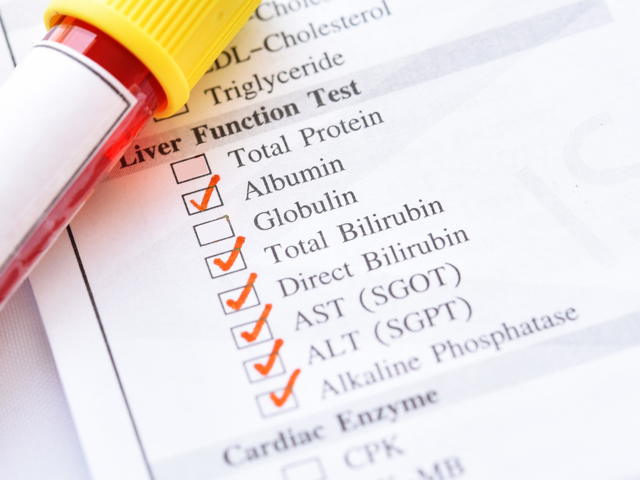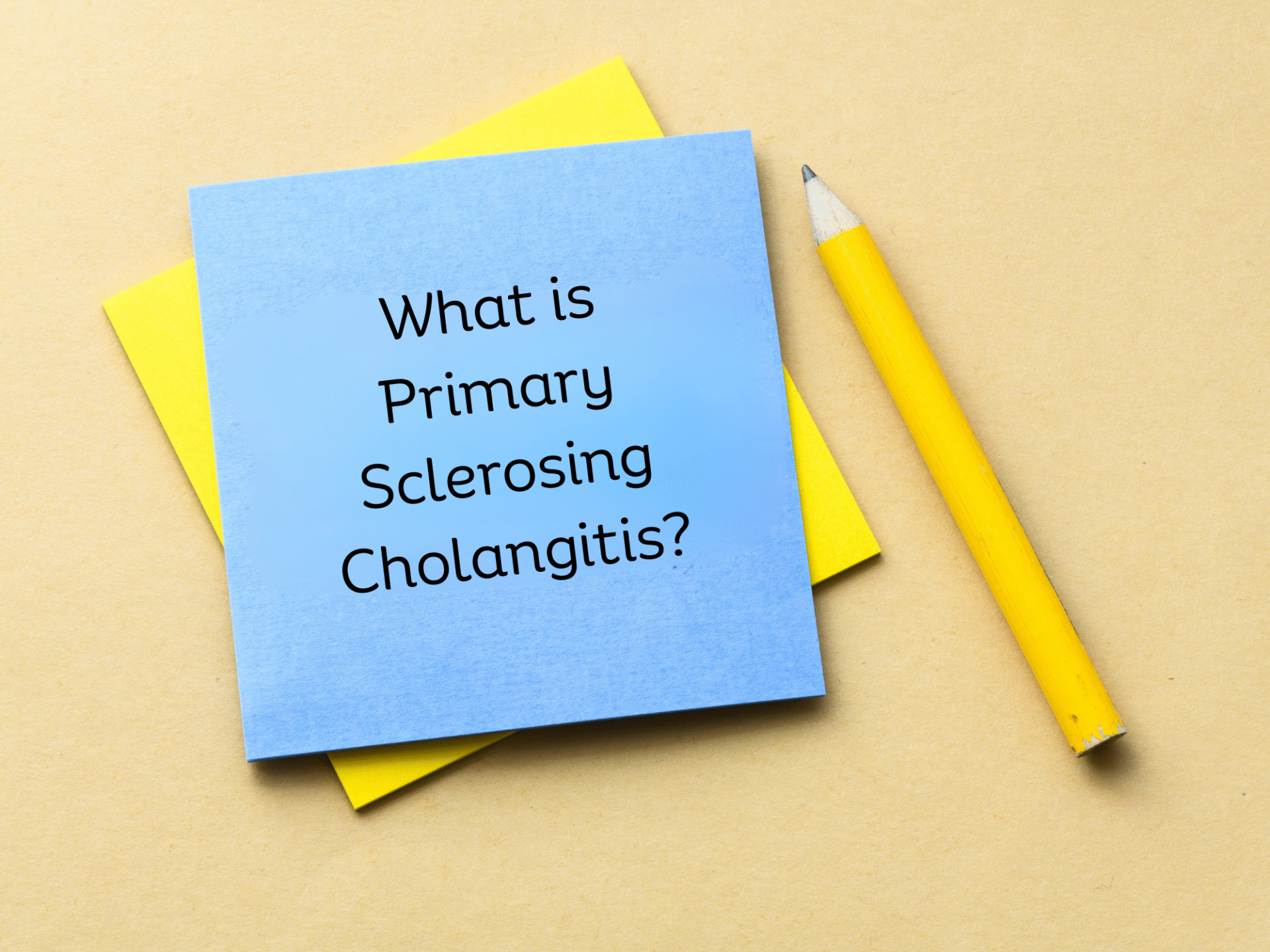Primary sclerosing cholangitis (PSC) is a rare liver disease that can take years to correctly identify due to its subtle and overlapping symptoms with other conditions.
In some circumstances, patients might notice something is ‘off’ as they experience common symptoms of PSC, while others may not experience any symptoms at all before receiving a PSC diagnosis.
Since PSC is frequently linked to inflammatory bowel disease (IBD), particularly ulcerative colitis, some patients may already have a gastroenterologist, while others might bring up symptoms with a family physician or other healthcare provider. It’s also not uncommon that PSC may be discovered during routine blood tests or a diagnostic procedure for a different issue.
The process for receiving a diagnosis of PSC typically involves the following steps:
- Medical History & Physician Exam: Your doctor will review your medical history, identify common risk factors and discuss your symptoms
- Blood Tests: Your doctor will order blood tests known as liver serum tests or as liver function tests (LFTs). These blood tests evaluate liver enzymes and substances that signal liver health or bile duct function. More about these tests can be seen below.
- MRI/MRCP: A special type of Magnetic Resonance Imaging (MRI) scan called a Magnetic Resonance Cholangiopancreatography (MRCP) is done to give a detailed picture of the bile ducts. If the scan shows narrowing or blockages (called “strictures”) in the bile ducts — and doctors rule out other possible causes — this is usually enough to diagnose PSC.
- ERCP: Endoscopic Retrograde Cholangiopancreatography (ERCP) is sometimes used to view the inside of the bile ducts to reach a diagnosis. This procedure involves inserting an endoscope through the digestive tract to access and assess the bile ducts directly.
- Liver Biopsy: This procedure involves taking a sample of liver tissue to evaluate any damage or other abnormalities. A liver biopsy is rarely used as an early stage tool in diagnosing PSC and may be recommended if imaging and blood tests are inconclusive or if more detail is needed about the extent of liver damage. It also helps doctors check for “small-duct PSC” (a less common form of the disease) or see if something else might be causing the symptoms.
Blood tests or liver function tests (LFTs) are one of the most accessible ways that your doctor can assess the general health of your liver and determine if more diagnostic procedures are warranted. These blood tests evaluate liver enzymes and substances that signal liver health or bile duct function. While these LFTs aren’t routine for most people, they are routine for PSC patients. These may include:
- GGT (Gamma-glutamyl transpeptidase): This is elevated in most PSC patients due to damage in the bile ducts.
- ALT (Alanine aminotransferase): This enzyme is mainly found within liver cells and when elevated, it’s a sign of inflammation in the liver.
- AST (Aspartate aminotransferase): This enzyme is similar to ALT, but less specific to the liver, since it is highly expressed in other tissues such as muscle.
- ALP (Alkaline phosphatase): This enzyme is expressed on the surface of liver and bile duct cells and is typically elevated when there is a problem or blockage with bile flow.
- Bilirubin: Bilirubin is a yellow pigment and a normal byproduct of red blood cell metabolism. If bilirubin cannot be effectively transported through the bile ducts, bilirubin levels in the blood may rise.
If you’ve recently received a diagnosis of PSC, visit the Initial Diagnosis page on our website. Know that you are not alone and there is a very supportive community of fellow patients, caregivers, doctors and researchers working collaboratively to better understand the disease and find a cure. There are many PSC Canada resources available, as well as support groups and other PSC events.


















